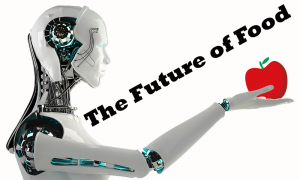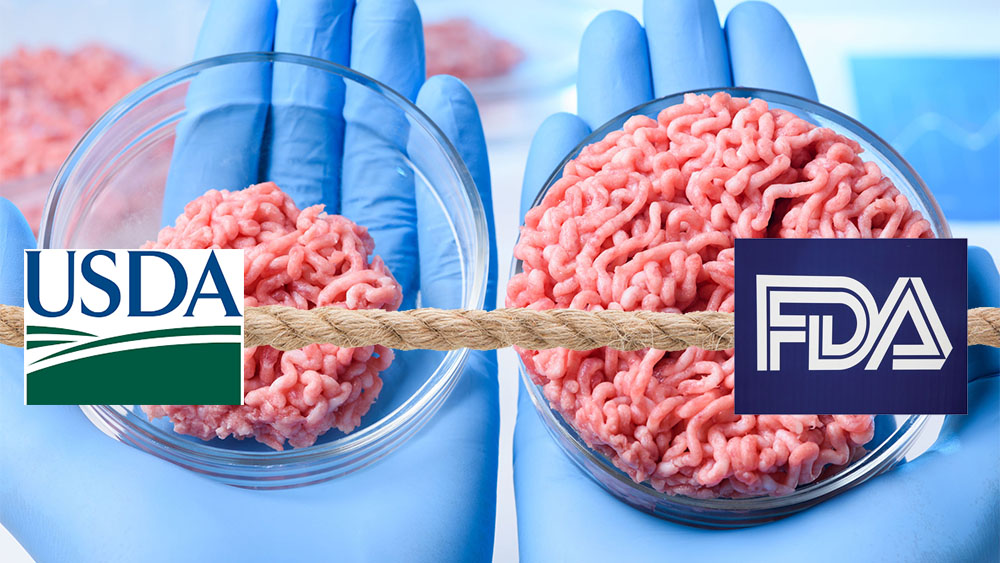 In an announcement that appeared to take the USDA by surprise, FDA Comissioner Scott Gottlieb issued a statement on Friday claiming that the agency has jurisdiction over the development and marketing of lab-grown meat, and announcing plans to hold a public meeting on the subject in July 2018.
In an announcement that appeared to take the USDA by surprise, FDA Comissioner Scott Gottlieb issued a statement on Friday claiming that the agency has jurisdiction over the development and marketing of lab-grown meat, and announcing plans to hold a public meeting on the subject in July 2018.
Lab-grown meat is a hot topic in the food world right now. Just around a dozen companies are developing the technology to grow “meat” from animal stem cells, and they are backed by some big investors – like Bill Gates and Richard Branson. They seem to believe that lab-grown meat can help feed the world, without the huge environmental footprint of live animals.
As companies work to bring what they call “clean meat” to market, US regulators were in a tug-of-war to decide who would take the lead on this “food innovation.” As Politico reports, these two agencies already deal with many “awkward jurisdictional lines” around American food policy. USDA is responsible for food safety of meat, poultry, catfish, and processed egg products, while FDA takes the lead on dairy, fresh eggs, and most other foods.
As recently as April 2018, USDA was on record saying that “alternative proteins” like lab-grown meat would be under their jurisdiction, and say of the FDA’s bid to take the lead, “they can claim that all they want.” However, USDA insists that “any product that expects to be labeled as meat would come under the same inspection criteria” as other animal products.
This comment by Agriculture Secretary Sonny Perdue raises one major concern- will this lab-grown meat be clearly labeled as such? This issue of consumers being able to be aware of what they are purchasing, as well as the critical question of nutritional equivalence to the real thing, is something we are closely watching. Look for more on this hot issue here at Hygeia as the story develops.
Source:
Helena Bottemiller Evich, “Welcome to the turf battle over lab-grown meat,” Politiico, June 15, 2018.

